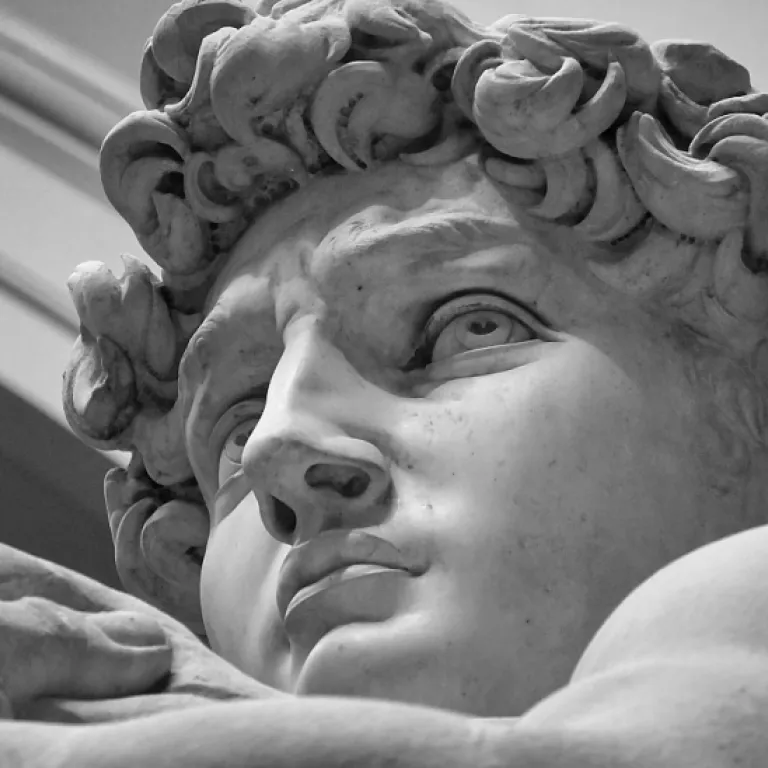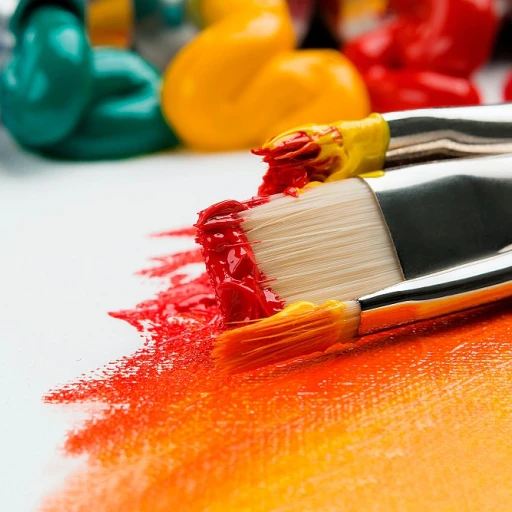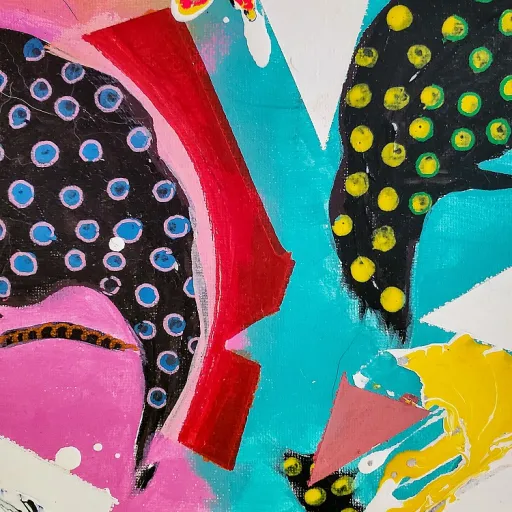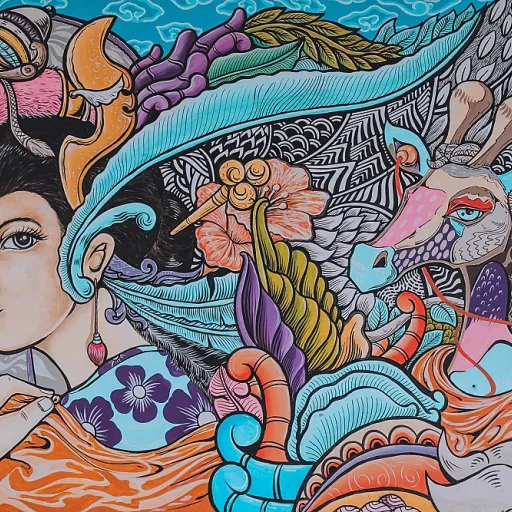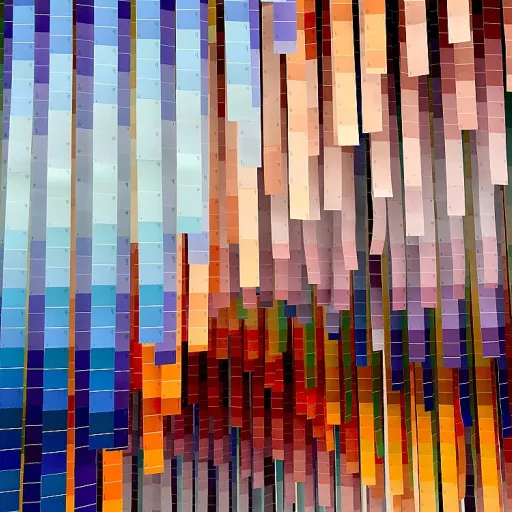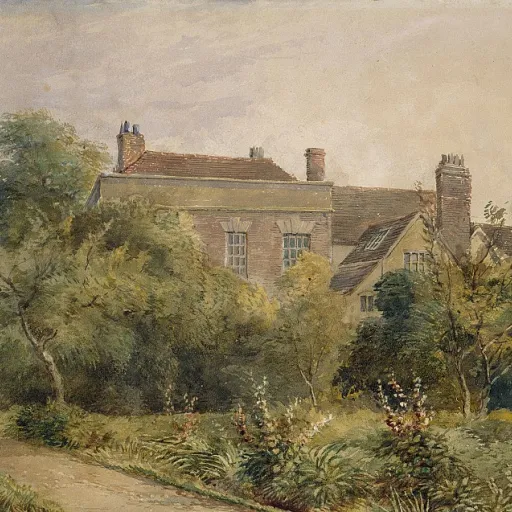-teaser.webp)
Understanding the wet on wet watercolour technique
Exploring the Fluid Beauty of Wet on Wet Watercolour
The wet on wet watercolour technique stands out for its ethereal, almost dreamlike quality. This method involves applying wet paint onto wet paper, allowing the pigments to flow and merge in unpredictable ways. The result is a painting where colors blend seamlessly, creating soft transitions and delicate blooms that are nearly impossible to replicate with other watercolour techniques.
To begin, artists thoroughly wet the watercolor paper, ensuring both the surface and sometimes the sides of the paper are evenly damp. This careful wetting process is crucial, as it determines how the paint will move and interact with the water. Once the paper is ready, the artist uses a water brush or a traditional brush loaded with paint and water to introduce color into the wet area. The paint spreads organically, forming unique patterns and gradients that give each work its own character.
Unlike the wet on dry technique, where paint is applied to dry paper for crisp edges, the wet on wet approach encourages soft, diffused lines. This technique requires a deep understanding of how water, pigment, and paper interact. Artists must anticipate how the paint will travel across the wet paper, adjusting their approach to create the desired effect. The balance between control and spontaneity is what makes wet painting so captivating for both creators and collectors.
Luxury artwork enthusiasts are drawn to the subtle luminosity and layered depth that only wet watercolour can achieve. The interplay of light and color, the gentle merging of hues, and the organic forms that emerge from this process are hallmarks of high-end watercolour painting. These qualities not only elevate the visual impact of a piece but also speak to the mastery required to work wet and guide the medium with precision.
If you are interested in the broader appeal and significance of original watercolor paintings in the luxury art market, you may find this exploration of original watercolor paintings in luxury art insightful.
Why wet on wet watercolour appeals to luxury collectors
Why Discerning Collectors Are Drawn to Wet on Wet Watercolour
Luxury artwork collectors are always seeking pieces that stand apart, and the wet on wet watercolour technique offers a unique allure. This method, where paint is applied to wet paper, creates unpredictable yet harmonious blends of color and light. The result is a painting that feels alive, with blooms and gradients that simply cannot be replicated by dry or more controlled watercolour techniques.
What sets wet watercolour apart in the luxury market is its sense of spontaneity and mastery. The artist must work wet, moving quickly as water and paint interact on the paper. Each brushstroke is a delicate balance of timing and intuition. When executed with skill, this technique produces ethereal effects—soft edges, luminous washes, and subtle transitions—that elevate the work into the realm of fine art.
- Exclusivity: No two wet on wet watercolour paintings are ever the same. The interplay of water, pigment, and paper ensures each piece is a singular creation.
- Technical Mastery: Luxury collectors appreciate the expertise required to control the flow of paint and water, especially when working on premium watercolor paper.
- Visual Impact: The technique’s ability to create depth and atmosphere makes these works ideal for sophisticated interiors, where subtlety and elegance are prized.
For those passionate about collecting, the tactile qualities of wet paper and the way paint blooms across the surface add to the sensory experience. The technique’s unpredictability means that even the most experienced artists must embrace the medium’s natural flow, resulting in artwork that feels both intentional and organic.
If you’re curious about how original watercolor paintings are making waves in the luxury art scene, explore more in this in-depth look at the allure of original watercolor paintings in luxury art.
Selecting premium materials for exceptional results
Choosing the finest materials for wet on wet excellence
In luxury watercolour painting, the selection of materials is a decisive factor that elevates the final work. The wet on wet watercolour technique, known for its luminous blooms and seamless transitions, demands a careful approach to every element—especially when the aim is to create a piece worthy of discerning collectors.
- Watercolor paper: The foundation of any wet painting, premium watercolor paper is essential. Look for 100% cotton, acid-free sheets with a weight of at least 300gsm. This ensures the paper remains stable when wet, allowing the paint and water to flow across the surface without warping or buckling. The texture, or tooth, of the paper also influences how the paint settles and how light interacts with the finished area.
- Paint quality: Only the highest-grade watercolour paints will do for luxury artwork. Professional paints contain pure pigments, offering vibrant color and exceptional lightfastness. This means the painting will retain its brilliance over time, a key consideration for collectors seeking lasting value.
- Brushes: The brush is the artist’s direct link to the wet paper. Natural hair brushes, such as sable, are prized for their ability to hold water and paint, allowing for controlled, expressive strokes. The right brush will glide across the wet area, creating soft edges and organic blooms that define the wet on wet watercolour technique.
- Water: Even the water used can impact the outcome. Clean, distilled water prevents impurities from affecting the paint’s clarity and the paper’s surface. The amount of water on the brush, in the paint, and on the paper must be balanced to achieve the desired effects—too much, and the work becomes uncontrollable; too little, and the technique loses its signature softness.
Attention to these details is what sets luxury watercolour painting apart. The interplay between wet and dry areas, the way paint blooms across wet paper, and the subtle transitions of light all depend on the quality of the materials chosen. For collectors, knowing that a piece was created with the utmost care and the finest materials adds to its allure and investment value.
For those interested in exploring how other luxury mediums, such as bronze, complement watercolour in curated collections, discover more in this insightful article on bronze sculptures.
Challenges unique to luxury wet on wet watercolour pieces
Mastering Control Over Water and Pigment
Creating luxury wet on wet watercolour artwork is a true test of skill and patience. The technique demands a delicate balance between water, paint, and paper. When painting wet, the artist must anticipate how the water will move the pigment across the wet paper. Too much water, and the paint can bleed uncontrollably, creating blooms or unwanted edges. Too little, and the signature softness of the wet watercolour technique is lost. This constant negotiation with the medium is what separates exceptional work from the ordinary.
Premium Materials, Premium Challenges
Luxury watercolour painting often uses the finest watercolor paper, which is thicker and more absorbent. However, even the best paper can react unpredictably when both sides are wet or when the brush is loaded with too much water. Artists must learn how to wet the paper evenly and control the wet area to avoid warping or over-saturation. The choice of brush also matters; a high-quality water brush can hold more water, but it requires a practiced hand to avoid flooding the area with excess moisture.
Precision and Timing in Layering
Unlike other watercolour techniques, the wet technique leaves little room for correction. Once the paint is on the wet paper, it will move and blend until the area begins to dry. Timing is crucial. If the artist tries to add more paint or water when the paper is only partially dry, it can create harsh lines or backruns. Working wet on wet demands that the artist work quickly, yet with intention, to create light transitions and subtle gradients. The challenge is to maintain clarity and definition in the work while embracing the fluidity of the medium.
Environmental Factors and Their Impact
Humidity, temperature, and even the quality of water can affect how the paint behaves on the paper. In luxury settings, artists often control their studio environment to ensure consistency. However, even with these precautions, the unpredictability of wet painting remains. This unpredictability is part of the allure, but it also means that each luxury watercolour painting is truly unique, shaped by both the artist’s hand and the environment in which it was created.
Showcasing wet on wet watercolour in luxury interiors
Curating a Harmonious Setting for Wet on Wet Watercolour
Displaying wet on wet watercolour paintings in luxury interiors is an art in itself. The unique interplay of water, paint, and paper in this technique creates subtle transitions and luminous effects that can transform a space. To truly showcase the mastery behind each work, collectors and designers often consider both the physical and atmospheric environment.- Lighting: Gentle, indirect light enhances the delicate blooms and gradients that define wet watercolour. Direct sunlight can cause fading, so UV-protected glass or museum-grade acrylic is recommended to preserve the vibrancy of the paint and paper.
- Framing: Floating frames or minimalistic borders allow the edges of the watercolor paper to remain visible, emphasizing the organic flow of the wet technique. This approach highlights the artist’s control over wet and dry areas, as well as the intentional use of water to create soft transitions.
- Placement: Wet on wet watercolour paintings often work best as focal points in serene spaces—think private libraries, lounges, or master suites. The tranquil movement of water and paint invites contemplation, making these works ideal for areas where calm and luxury intersect.
Enhancing the Experience with Thoughtful Details
Luxury interiors benefit from careful attention to how watercolour paintings interact with their surroundings. The subtle textures of watercolor paper, the way light dances across wet and dry areas, and the gentle diffusion of color all contribute to a refined ambiance. Collectors often pair these works with natural materials—such as silk, linen, or wood—to echo the organic qualities of the wet watercolour technique. For those curating a collection, consider the following:- Group paintings that explore different watercolour techniques, such as wetting the sides of the paper or layering paint wet on wet, to create visual interest.
- Use accent lighting to draw attention to the nuanced transitions between wet and dry, highlighting the artist’s mastery of water and brush control.
- Ensure the humidity and temperature of the room are stable, as fluctuations can affect both the paper and the paint over time.
The investment value of wet on wet watercolour in the luxury market
Assessing Value in the Luxury Watercolour Market
Wet on wet watercolour painting has carved a unique niche in the luxury art market, with collectors increasingly recognizing its value. The technique’s complexity—requiring precise control of water, paint, and paper—means that each work is truly one-of-a-kind. This rarity, combined with the visual depth created by wet areas merging and blooming, adds to the desirability and investment potential of these pieces.
What Drives Appreciation for Wet Watercolour Works?
- Material Quality: Premium watercolor paper and artist-grade paint are essential. The interaction between wet paper and high-quality pigments ensures longevity and vibrancy, which are highly valued by collectors.
- Technique Mastery: The ability to work wet and control blooms, gradients, and transitions is a mark of expertise. Collectors seek out works where the artist’s skill with water, brush, and timing is evident.
- Condition: Properly cared-for wet watercolour paintings—protected from excess light and humidity—retain their brilliance and structural integrity, supporting long-term value.
Market Trends and Collector Insights
Luxury collectors are drawn to the unpredictability and subtlety of the wet technique. The way paint flows across wet areas, and the delicate balance between wet and dry, create effects that cannot be replicated. This uniqueness is a key driver of appreciation in value. Additionally, as more collectors understand the technical challenges—such as managing water on both sides of the paper and preventing unwanted blooms—the demand for expertly executed works continues to grow.
| Factor | Impact on Value |
|---|---|
| Quality of Materials | Enhances longevity and visual appeal |
| Technique Execution | Demonstrates mastery and uniqueness |
| Condition & Preservation | Maintains investment potential |
| Market Demand | Drives price appreciation |
In summary, wet on wet watercolour paintings offer not only aesthetic pleasure but also significant investment value. The interplay of water, paint, and paper, combined with the artist’s mastery of the wet technique, ensures that these works remain sought after in the luxury market. Collectors who appreciate the nuances of watercolour techniques and the challenges of painting wet will find these pieces both rewarding and enduring in their collections.

